Prophet's Rock
The large rock formation where the Shawnee prophet Tenskwatawa stood and encouraged his warriors during the Battle of Tippecanoe.
On November 7, 1811, the Shawnee prophet Tenskwatawa stood and chanted from a rock formation known today as Prophet’s Rock. He believed he was casting a protective spell that would turn the bullets of American soldiers into dust. Thus, Tenskwatawa was able to convince his warriors that no harm would come to them during what came to be called the Battle of Tippecanoe.
There was just one problem: The spell cast from atop Prophet’s Rock didn’t work, and dozens of Native Americans perished in the battle. Tecumseh, the prophet’s half-brother and Shawnee chief, had given strict instructions to Tenskwatawa not to attack the American forces while he was away on business. The prophet ignored Tecumseh’s instructions and attacked anyway.
In the early morning hours of November 7, 1811, Tenskwatawa climbed the bluffs near Burnett’s Creek until he found a large rock formation made of centuries-old, piled-up gravel mixed with limestone and iron. A large rock platform stuck out and gave clear vision of the battlefield a little over a mile away. There were hollowed-out, cave-like fetchers below in case the prophet needed to take cover from the battle.
The attack was launched from Prophet’s Rock, and the Native American warriors attacked the American forces led by William Henry Harrison. The skirmish didn’t last long. The estimated number of dead and injured on both sides of the battle has varied over the years. What hasn’t changed is the outcome. Tenskwatawa and his worriers were forced to withdraw from the battlefield and Prophet’s Rock, and eventually from the area entirely.
Know Before You Go
Today a hike through the woods and around the bluff is available to everyone. Though the bluffs and rock formations are steep, they can easily be climbed or viewed from the base of the bluff on Prophet's Rock Road. A stone marker was placed at the site in 1929 by the General de Lafayette Chapter. Trails meander through the woods, and sign posts provide direction and historical information. Stick to the trails, and they will take you directly to Prophet's Rock.

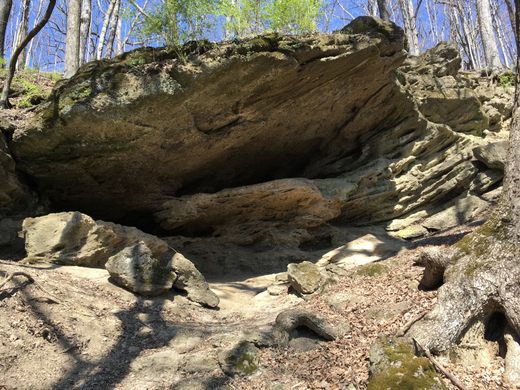








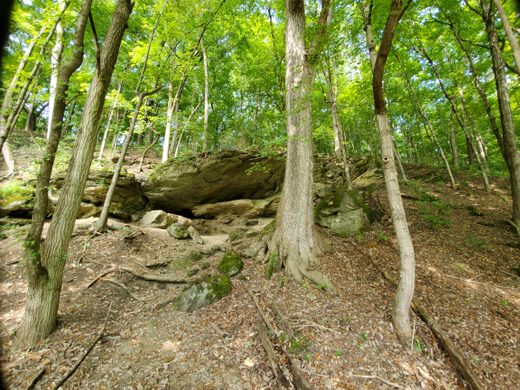
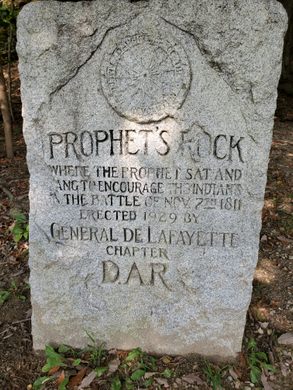





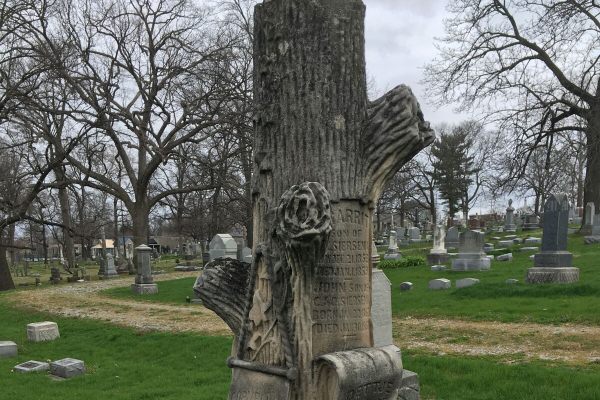
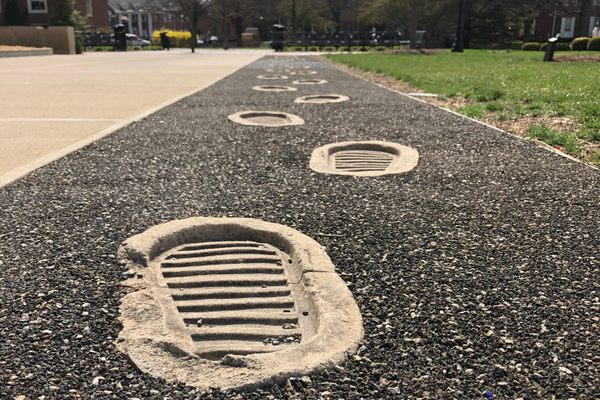
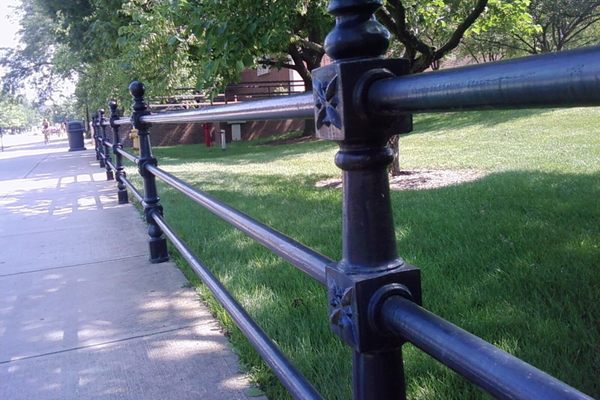


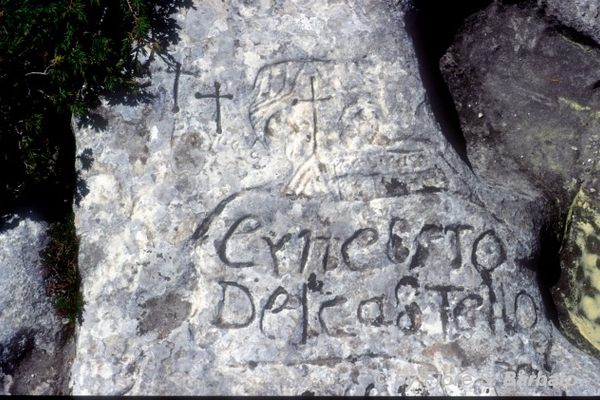

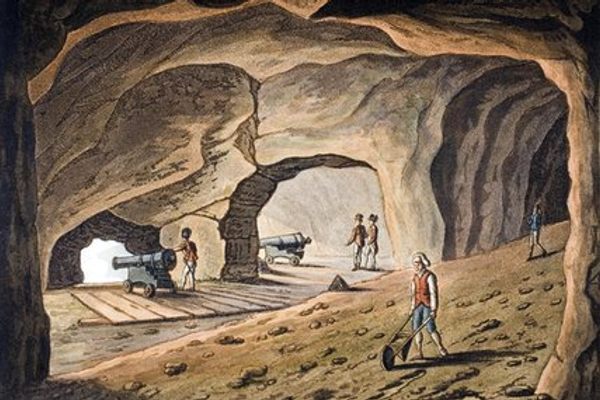

Follow us on Twitter to get the latest on the world's hidden wonders.
Like us on Facebook to get the latest on the world's hidden wonders.
Follow us on Twitter Like us on Facebook